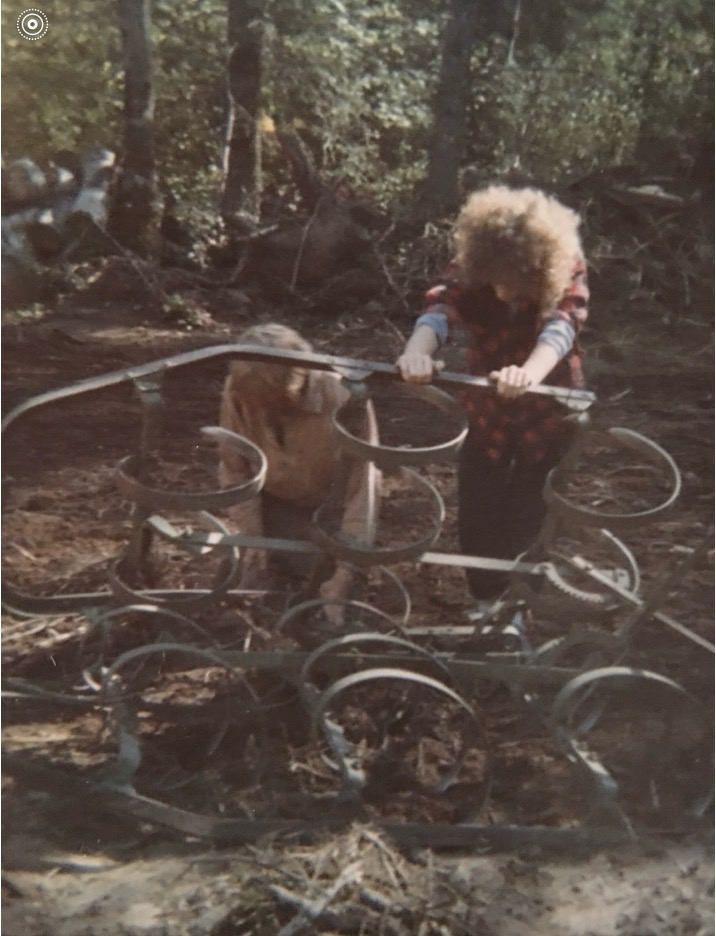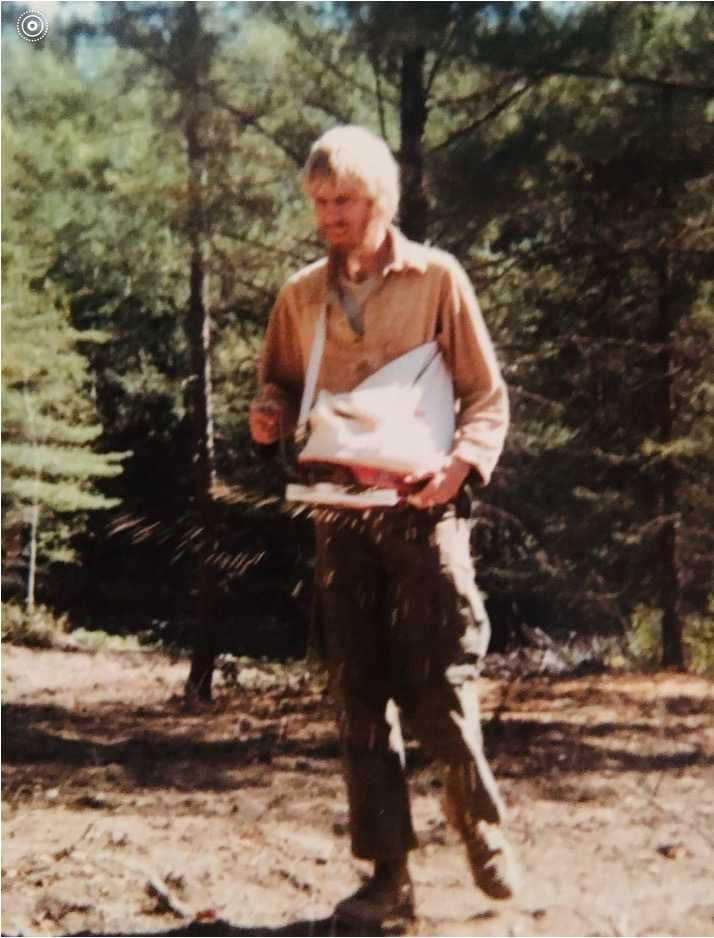Narnia, Chapter IX
Beauty and the Chronicles of Narnia, the Other
Chapter IX
*The Agricultural Revolution Begins*
A famous catch phrase at the time was, “five acres and freedom,” which resonated with Popsi Blui. He said it could not happen without an “agra cultural revolution”.
The popular idea originated from a book written in 1935 by Maurice Grenville Kains called:
Five Acres and Independence: A practical guide to the selection and management of the small farm
It is about self-sustainable, small-scale farming. Written during the Great Depression, it provided practical information for people such as urban factory workers who had never worked on a farm, and contained 46 chapters on all types of farming practices.
The ancient and earliest citation for Agra comes from the mythological era, where the epic Mahabharata refer Agra as “Agravana,” meaning “paradise” in Sanskrit. Such a grandiose and engaging term which holds such promise for a better way.
Again we return to the deep root which brought the mom and Popsi Blui together ‘’We must return to the land.” And to the land they finally returned. Armed with the Whole Earth Catalog, and One Straw Revolution, they proceeded with their lofty adventure.
Clearing
First things first, of course.
The Big Bowl, as they originally called it the first time they walked the land and realized its potential as a protected grow bowl, was a three acre, naturally shaped depression, down the hill from where the cabin was to be built. It was the perfect spot for what they had envisioned to be a Garden of Eden.
Brush clearing came first. Popsi Blui used his old machete, a trusted companion, the one which had traveled with him on nearly every continent in the world. Selected trees came down next, mostly poplar, which were then cut up, quartered, and stacked to dry for winter wood. Tree stumps were pushed or pulled out of the ground and moved to the far edge of the bowl by a contractor with a bulldozer. His name was Donny Fagg, a name not easily forgotten.
The entire three acres were then Roto-tilled to break up the soil and ready it for planting. White clover and rye were alternated seasonally as spring and fall cover crops. Over the years, the clay loam gradually turned into a lush topsoil, making the area park-like which felt great on bare feet! (So said the humans.) I and my friends just appreciated the good-sized wild area which was left untended for our gathering place. We liked to party.
As vegetable seed planting began, Popsi Blui went along the rows, poking holes in the ground. Beauty and little Sunwood carefully came behind him, dropping three seeds in each hole, hoping that at least one would germinate. Planted were cabbage, broccoli, carrots, potatoes, and more, plus 2,000 square feet of corn, with squash planted between. The corn stalks made the perfect climbing poles for the squash vines. Cages were made to go over the above-ground vegetables so that the deer wouldn’t be able to eat them.
One day when Popsi Blui was walking along the path from the cabin down to the Big Grow Bowl, as he frequently did, a big buck stood blocking the path in front of him. Waiting until Popsi Blui was gingerly walking nearly to him, he snorted, then melted back into the surrounding bush.
It was episodes such as this which made the humans feel embedded in the natural world. It truly was as if they existed in a world all their own. Unencumbered by the outside, they were able to evolve at their own pace, avoiding the social chaos of the civilized world which existed beyond their tree-line. Always, when returning to Narnia after performing work or errands, it was a magical transition to walk the path, leaving the disorder behind. There were two very distinct realities.
As the soil became more enriched, the harvest got more bountiful, year after year. They lived on succotash (corn, tomato, green pepper, zucchini), and feasted nightly on acorn and butternut squash mashed with butter. One bumper crop year, Popsi Blui put on 10 pounds, never again to return to his youthful svelte figure.
The diet was augmented with sprouts grown in kitchen jars, and cooked grains of rice, buckwheat, polenta, oatmeal, and vegetables with miso soup. And, house-made tofu cheese.
All have retained the vegetarian lifestyle, these 50 years later.


